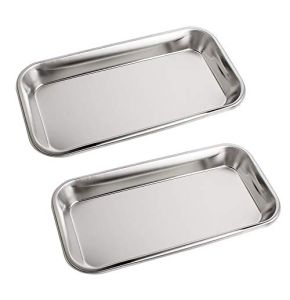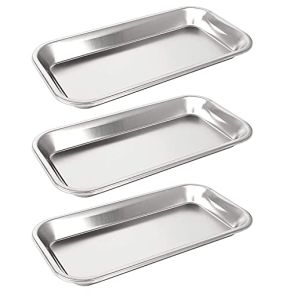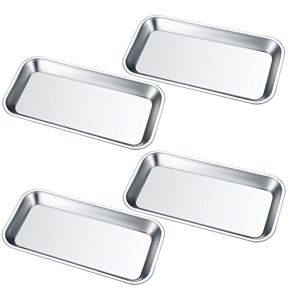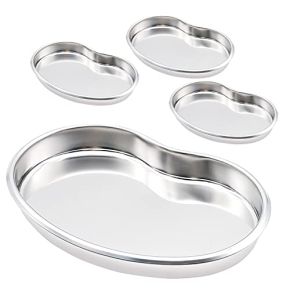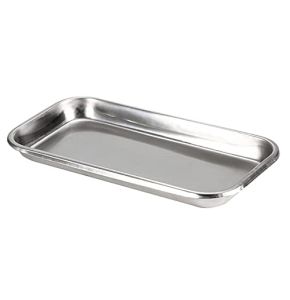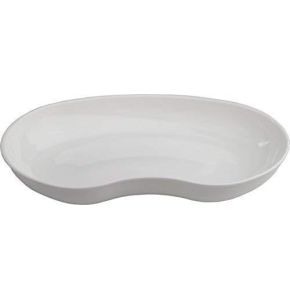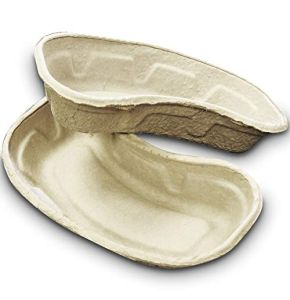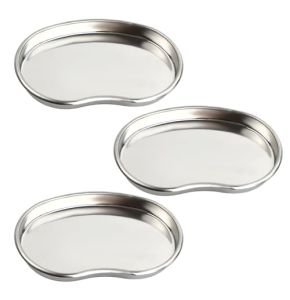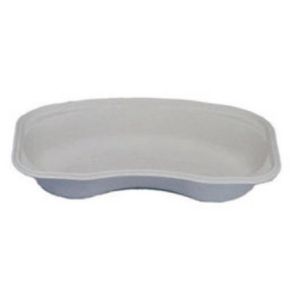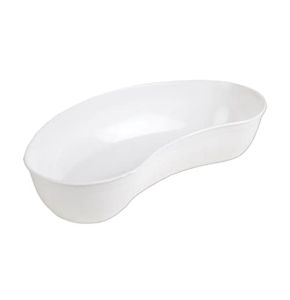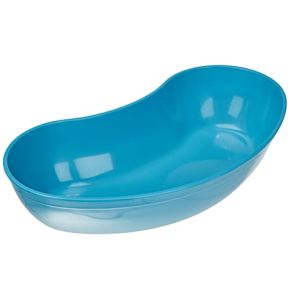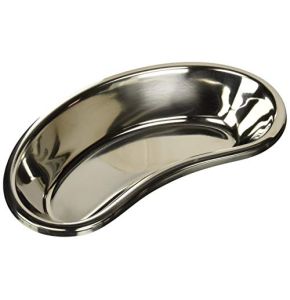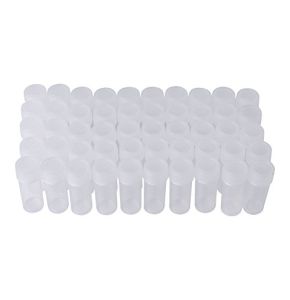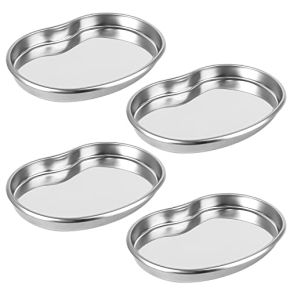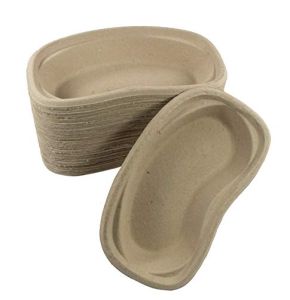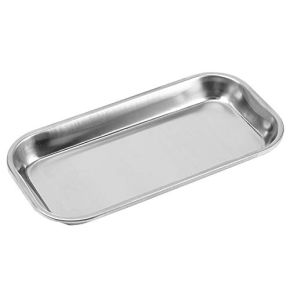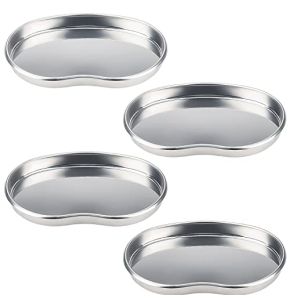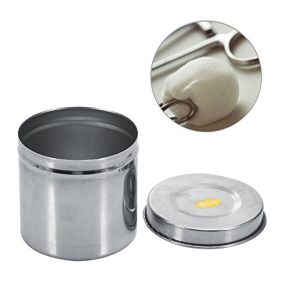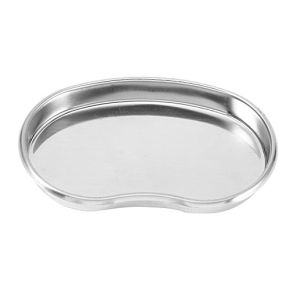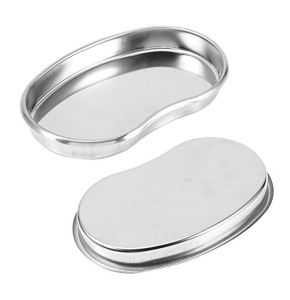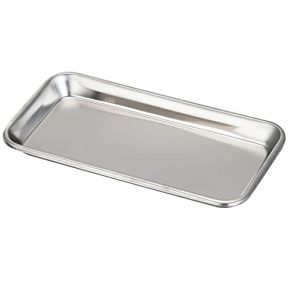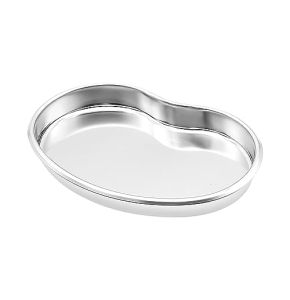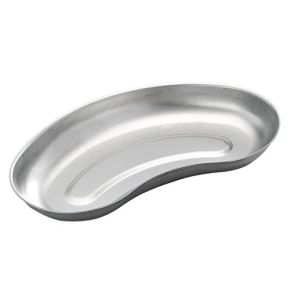Medical Tray
18/11/2024 38
18/11/2024 43
18/11/2024 41
18/11/2024 40
18/11/2024 34
18/11/2024 38
18/11/2024 35
18/11/2024 37
18/11/2024 42
18/11/2024 35
18/11/2024 38
18/11/2024 42
18/11/2024 41
18/11/2024 42
18/11/2024 38
Medical Tray: For Safe Healthcare
In hospitals and clinics, safety and sterility are top priorities. Medical containers play an essential role in achieving these goals. They are used to store, transport, and dispose of various medical substances. Thanks to them, healthcare professionals can work in a safe environment, thereby protecting patients and staff. Whether it's for collecting samples, presenting instruments, or managing waste, medical containers are indispensable for the proper functioning of healthcare facilities.
What are the different types of medical containers used in clinical settings?
There is a wide variety of medical containers used in hospitals and clinics. Each has a specific function to meet care needs. Here are the main types of medical containers:
- Medical Tray: These flat trays are used to organize and present instruments during procedures. They facilitate the staff's work by providing all necessary materials.
- Receptacles (Kidney-Shaped Basins): Their curved shape allows for the collection of bodily fluids or used instruments. They are often used during care to prevent environmental contamination.
- Medical Bowls: Used for washing instruments or for certain procedures, they are essential for maintaining good hygiene.
- Urine Jars: Designed to collect patients' urine samples, they are usually graduated to measure the exact volume.
- Medical Cups: Used to administer liquid medications or to collect small samples, they are often single-use to avoid infection risks.
- Sample Containers: These small containers are used to store blood, tissue, or other bodily fluid samples for laboratory analysis.
- Biological Waste Containers: They allow for the safe disposal of hazardous medical waste such as needles, syringes, and sharp objects.
- Flasks for Sterile Solutions: Used to store solutions like antiseptics or serums, they must remain sterile to avoid any contamination.
Each type of container is important to ensure the quality of care and patient safety. Proper use is essential for the smooth execution of medical procedures.
How to choose the appropriate medical container for a specific application?
Choosing the right medical container must be done carefully to ensure safety and care effectiveness. Several criteria must be considered:
- Material: Containers can be made of plastic, stainless steel, or glass. Plastic is lightweight and often single-use, reducing contamination risks. Stainless steel is durable and can be sterilized for reuse. Glass is used for its chemical resistance but is more fragile.
- Sterility: For certain procedures, it is imperative to use sterile containers to prevent infections. Sterile containers are individually packaged and must be used immediately after opening.
- Chemical Compatibility: The container must be compatible with the substances it will hold. For example, some chemicals may react with plastic, so glass or stainless steel should be preferred.
- Size and Capacity: It is important to choose a container of the appropriate size for the amount of substance to be handled. A container that is too small may overflow, while one that is too large can be cumbersome.
- Single-Use or Reusable: Single-use containers are convenient to avoid contamination, while reusable containers must be properly sterilized after each use.
By evaluating these criteria, healthcare professionals can choose the most suitable container for each situation, ensuring safe and effective handling of medical substances.
What are the regulations regarding the use and disposal of medical containers?
The use of medical containers is governed by strict regulations to ensure everyone's safety. Here are the main standards to follow:
- Management of Medical Waste: Containers holding biological or chemical waste must be disposed of according to specific protocols. They must be placed in special containers and incinerated or treated in accordance with current regulations.
- Traceability: Some samples require precise tracking. Containers must be labeled with patient information and sample nature to avoid errors.
- Hygiene Standards: Reusable containers must be cleaned and sterilized according to strict protocols to prevent cross-contamination. Healthcare facilities must have appropriate equipment for sterilization.
- CE Compliance: Medical containers must comply with European standards for medical devices, ensuring their quality and safety.
Adhering to these regulations is essential to protect patients, medical staff, and the environment. Healthcare facilities are responsible for ensuring that all medical containers are used and disposed of correctly.
How to ensure sterility when using medical containers?
Sterility is crucial in medical settings to prevent infections. Here's how to ensure the sterility of medical containers:
- Use of Single-Use Sterile Containers: They are individually packaged and ready to use, eliminating the risk of contamination.
- Sterilization of Reusable Containers: After each use, containers must be cleaned and sterilized in autoclaves or appropriate sterilizers.
- Handling with Sterile Gloves: Staff must wear sterile gloves when handling containers to avoid any contamination.
- Proper Storage: Sterile containers must be stored in clean and dry places, away from dust and moisture.
- Regular Sterility Checks: Tests must be conducted to ensure that sterilization procedures are effective.
By following these measures, healthcare facilities can reduce the risk of infections and ensure quality patient care.
What innovations exist in the design of medical containers?
The field of medical containers is constantly evolving thanks to new technologies and materials. Here are some recent innovations:
- Biodegradable Materials: Containers made from eco-friendly materials that naturally degrade, reducing the environmental impact of medical waste.
- Integrated Safety Features: For example, secure caps to prevent leaks or systems that prevent the reuse of single-use containers.
- Smart Containers: Equipped with RFID chips or barcodes to enhance sample traceability and reduce human errors.
- Ergonomic Design: Containers with shapes and designs that facilitate handling, reduce staff fatigue, and improve efficiency.
- Increased Durability: Use of more shock-resistant and chemical-resistant materials, extending the lifespan of reusable containers.
These innovations help improve the safety, efficiency, and sustainability of healthcare. Professionals thus have tools adapted to the current challenges in the medical field.
At Placemed, we are committed to providing the best medical containers to meet healthcare professionals' needs. Our wide range includes medical trays, receptacles, bowls, urine jars, and medical cups. All our products comply with current standards and benefit from the latest innovations. By choosing Placemed, you opt for quality, safety, and efficiency.
 Francais
Francais 
